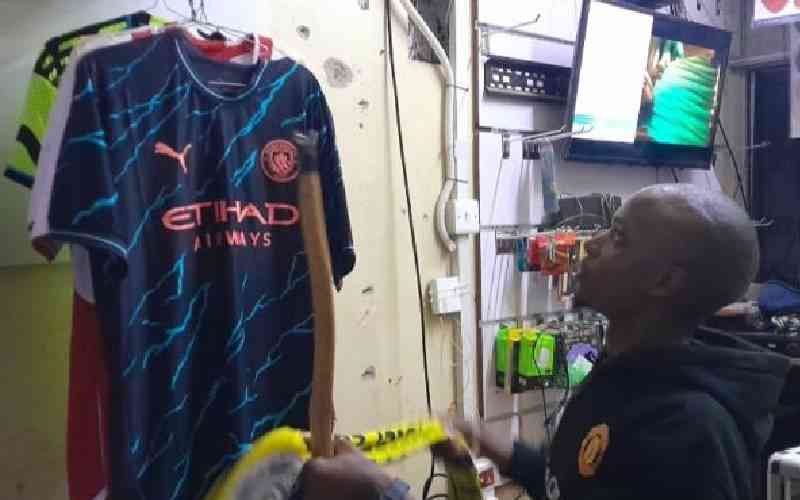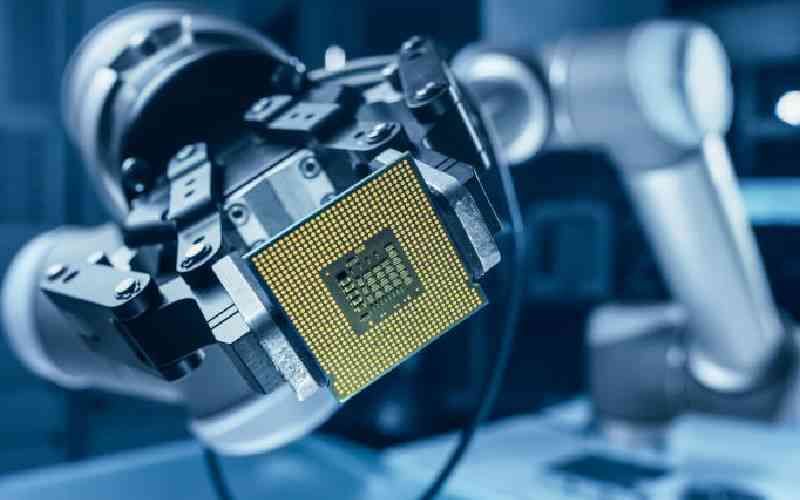
Once you are aware of a few food safety basics about cooking, storing and reheating food, you can be confident about when food is safe to eat, and when to throw it away.
How to cook chicken safely
1. Cook it through
To kill the campylobacter bacteria, chicken must be cooked right through to the middle. Cut into the deepest part of the chicken and check that there is no pink meat. You should also check that the juices are clear, not pink. If it’s not ready, cook it for longer then check again.
2. Keep it cool
Always keep chicken in the fridge, and avoid raw chicken coming into contact with other food. Be sure to wash your hands, knives and chopping boards with soap and hot water after handling raw chicken.
3. Get tech
Meat thermometers can be used to check the temperature in the centre of the food. They’re easy to use, and aren’t costly. The accepted guidelines are that burgers and sausages should reach 71C, and chicken should reach a slightly higher 74C.
To check chicken is cooked through, pierce the thickest part with a skewer and make sure the juices run clear.
When is rare meat safe?
Beef
Cuts of beef have a dense texture that bacteria can’t usually penetrate. This is why you can eat rare steaks. But the outside of the meat does need to be well cooked to kill surface bacteria.
Raw beef, including steak tartare, is safe to eat, but only when it has been handled within food safety guidelines.
Pork
Pork should always be cooked right through.
Check the centre by cutting into the meat. If it is still pink continue cooking, wash the knife, then check again.
Burgers
When making burgers at home, always cook them right through to the centre.
There are food outlets that offer rare burgers. This is possible in special circumstances, by following special food safety practices at all points from the supply chain to the restaurant.
Sausages
Sausages, meatballs, burgers and other processed meats must not be eaten pink.
That’s because surface bacteria have been mixed in during mincing and processing. They must be fully cooked through to the centre.
If in doubt, use a meat thermometer to check the food reaches 71°C in the centre.
When is it safe to reheat leftovers?
The Food Standards Agency recommends we only reheat food once. Heating food thoroughly to 74C all the way through kills the bacteria, making it safer to eat.
Microwaves can leave cold spots unless the food is mixed halfway through heating. Cold spots mean the bacteria are still present.
Reheating rice
Rice carries an extra risk because of bacteria called Bacillus cereus. It produces a toxin that is not destroyed by heat. So while reheating rice kills the bacteria, it does not remove the toxin.
To reduce the risks, put cooked rice in the fridge as soon as it’s cool, and only reheat it once.
Keep a cool fridge
Keep your fridge within the safe range (between 0°C and 5°C). Don’t put warm food into the fridge as it can quickly raise the temperature to unsafe levels. Wait until food has cooled to room temperature before you put it in the fridge.
 The Standard Group Plc is a multi-media organization with investments in media
platforms spanning newspaper print operations, television, radio broadcasting,
digital and online services. The Standard Group is recognized as a leading
multi-media house in Kenya with a key influence in matters of national and
international interest.
The Standard Group Plc is a multi-media organization with investments in media
platforms spanning newspaper print operations, television, radio broadcasting,
digital and online services. The Standard Group is recognized as a leading
multi-media house in Kenya with a key influence in matters of national and
international interest.
 The Standard Group Plc is a multi-media organization with investments in media
platforms spanning newspaper print operations, television, radio broadcasting,
digital and online services. The Standard Group is recognized as a leading
multi-media house in Kenya with a key influence in matters of national and
international interest.
The Standard Group Plc is a multi-media organization with investments in media
platforms spanning newspaper print operations, television, radio broadcasting,
digital and online services. The Standard Group is recognized as a leading
multi-media house in Kenya with a key influence in matters of national and
international interest.










